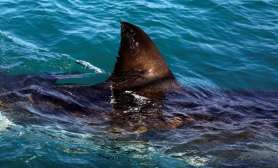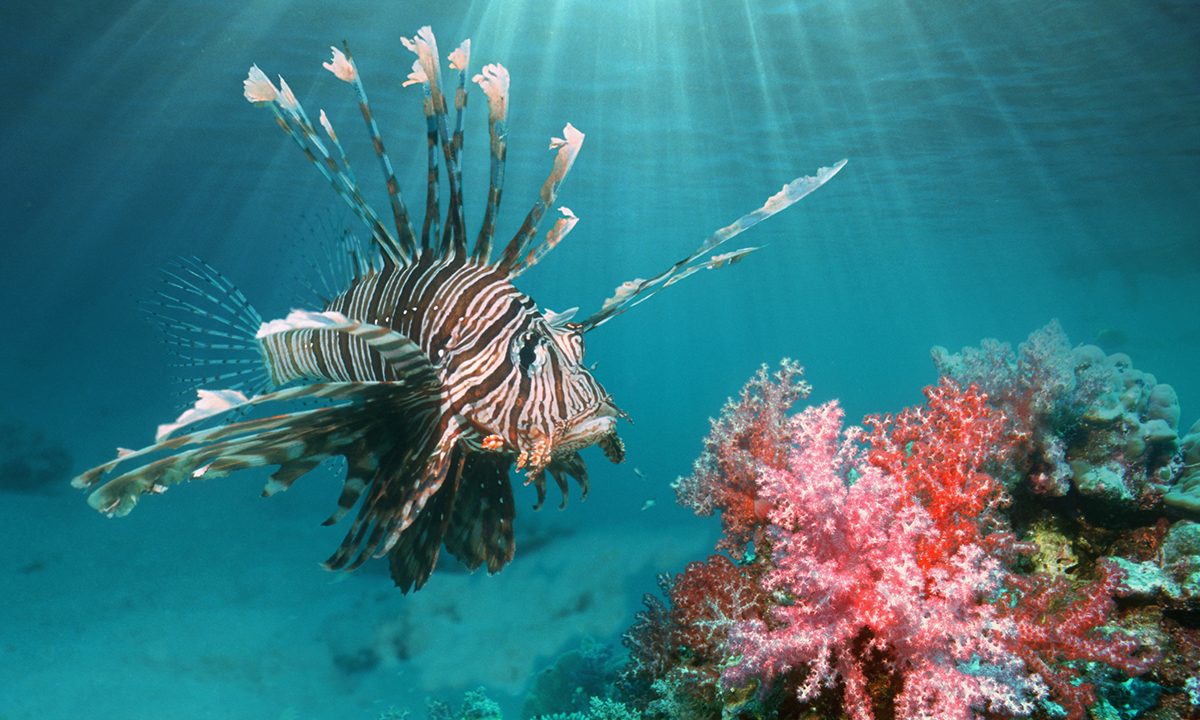

As we’ve seen in his many TV shows, survival expert Bear Grylls has to avoid lots of deadly sea creatures under the water – in rivers and lakes as well as in oceans. The dangers of piranhas, jellyfish, electric eels, and urchins are often well-known.
Videos by Outdoors with Bear Grylls
But what about the sea creatures that look harmless but may not be?
Here are the unusual underwater creatures that Bear says you should avoid – and definitely avoid stepping on:
Blue-ringed octopus

It’s not often you hear of a ‘killer octopus’ (except in science fiction movies) but the blue-ringed octopus, which is found in tide pools in the Pacific Ocean, is the exception. It has yellow skin with blue and black rings, and although it appears small and docile, it has enough neurotoxin venom to kill 26 humans within minutes. The victim suffers total body paralysis and then loses consciousness. There’s no anti-venom, and victims need artificial respiration to survive.
Needlefish
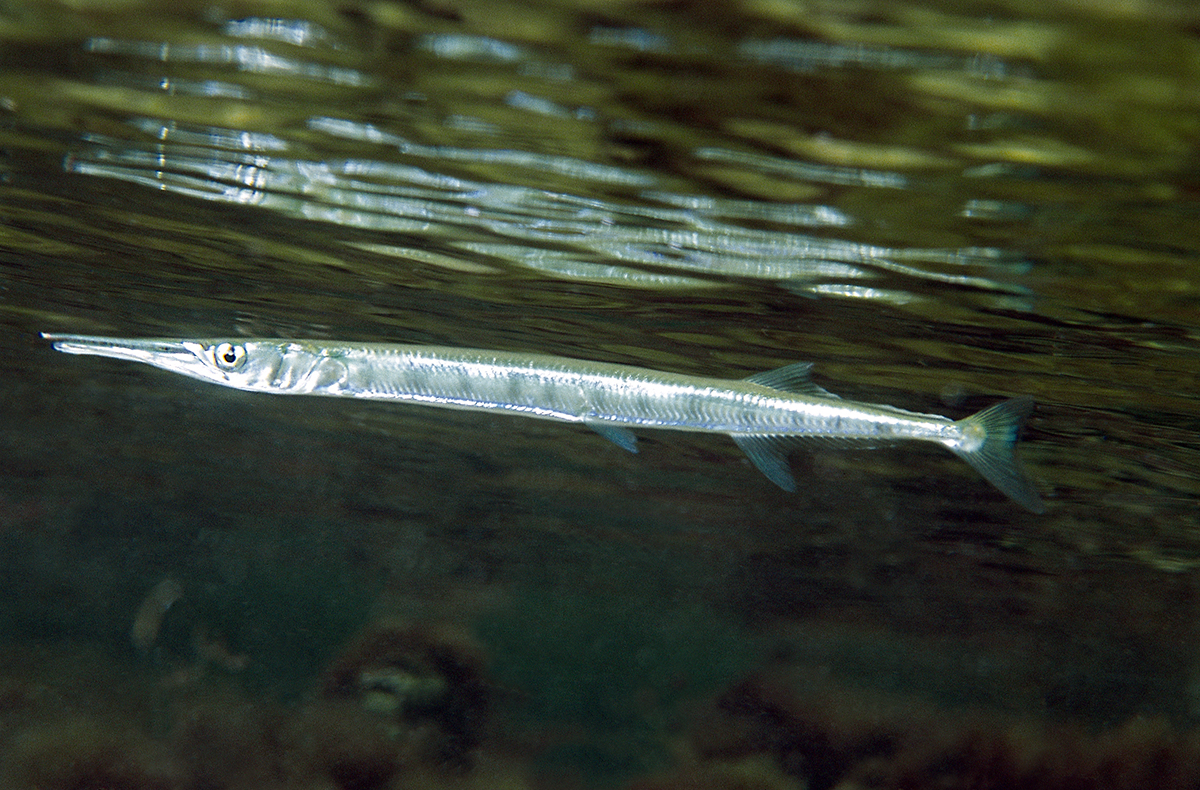
These are long and slender, with a tiny dorsal fin. They can make short jumps out of the water at up to 37mph – they swim near the surface so they often leap over boats. They make deep wounds with their sharp beaks, and the beak often breaks off inside the victim.
Toadfish
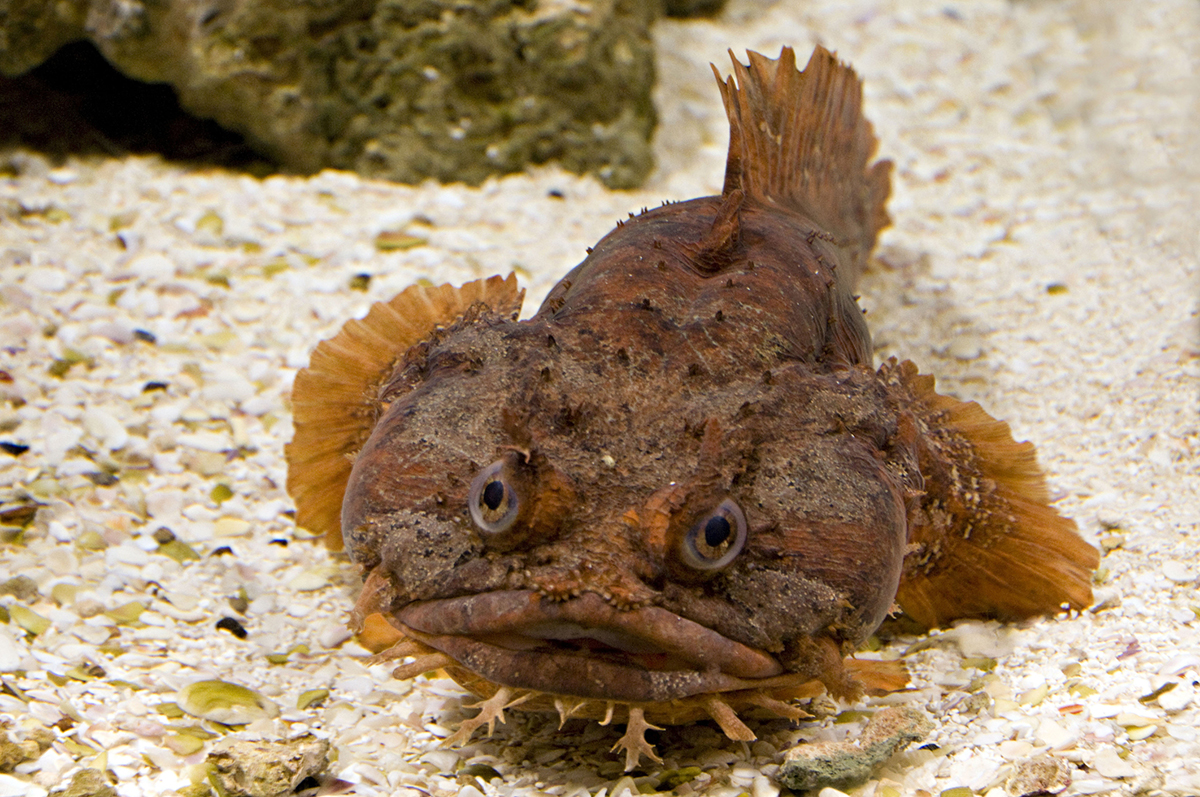
These fish which look like toads live in the rivers and coasts of Central and South America. They often bury themselves in the sand so can be easily stepped on. They can inflict painful wounds through the venom-injecting spines on their dorsal fins.
Stonefish

It only reaches around 5lb in weight but the stonefish is the most venomous fish in the world, thanks to the venom it injects through grooves in its 13 spines. Stonefish are found in the shallow waters of the tropical Indo-Pacific, often sitting on the bottom and blending in with their surroundings, so are easily stepped on. The venom can cause temporary paralysis and can be fatal if not treated.
Stingray
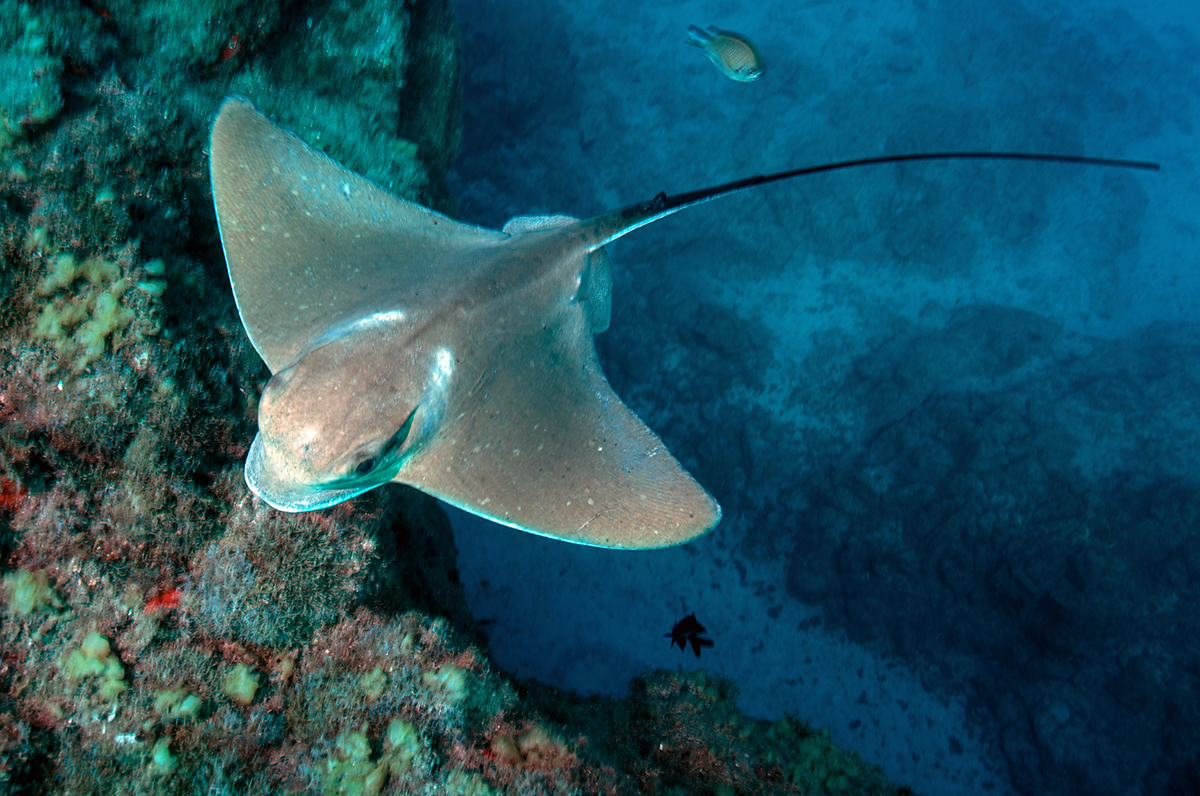
The stingray is mostly gentle but has a venomous barbed sting on the tail if it is under attack – which often happens if it is accidentally stepped on. Stings can result in pain, swelling, nausea, and cramps and can also cause later infection. Stings are painful but not usually fatal unless they hit the wrong spot.
Lionfish

This distinctive fish lives in the waters of the tropical Indo-Pacific and the Atlantic coastal waters of the United States. It is distinguished by its 18 venomous spines. The venom causes pain, nausea, vomiting, fever, temporary paralysis, heart failure, and in some cases, death.
Sharks
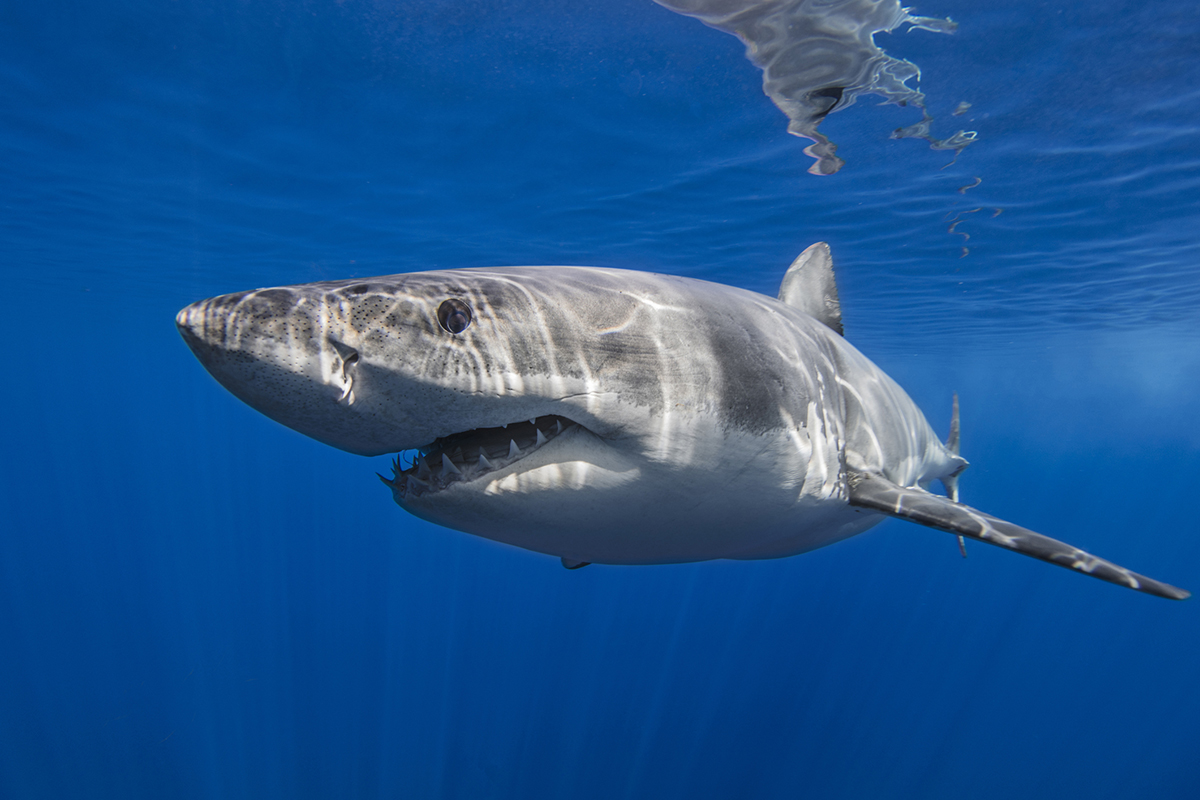
A final word on sharks… “Although greatly feared, shark attacks on humans are extremely rare,” says Bear. “No species is thought to target people as prey.”
Although multiple shark bites are reported annually, the average number of deaths annually from shark attacks is around four, and of the more than 470 species of shark, only four – the great white, oceanic whitetip, tiger, and bull shark – have been involved in a significant number of fatal, unprovoked attacks on humans.









